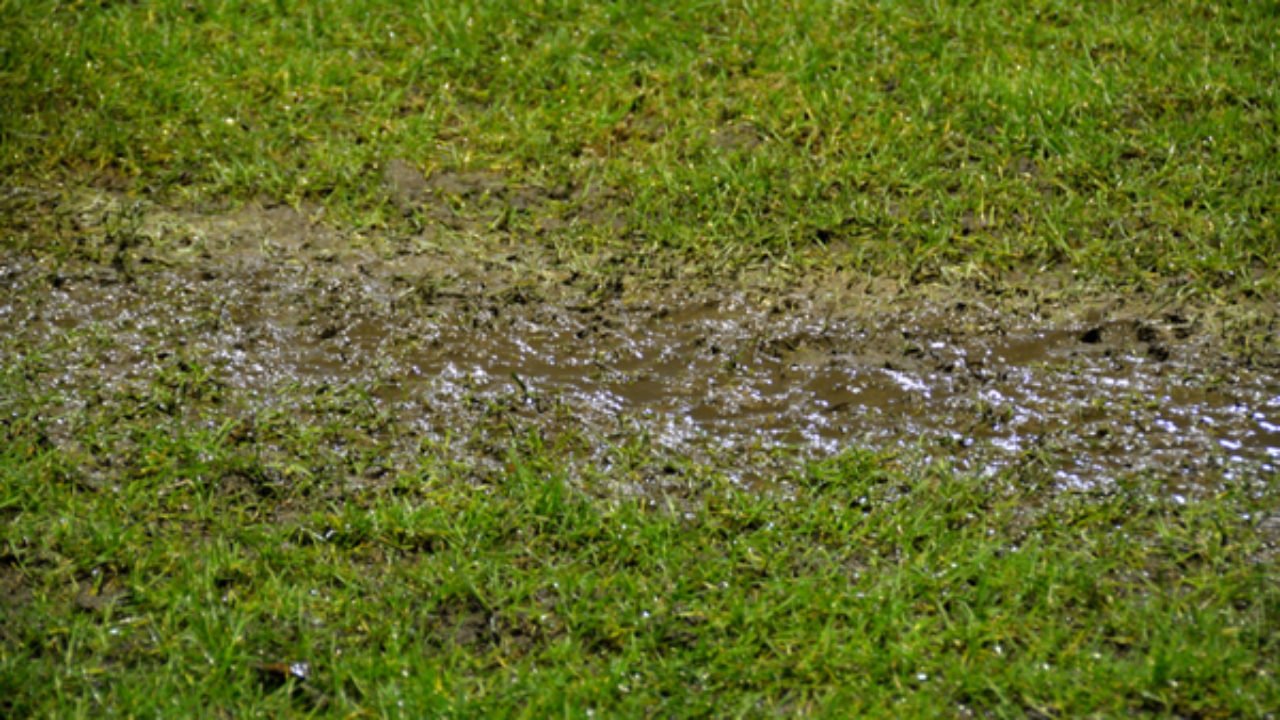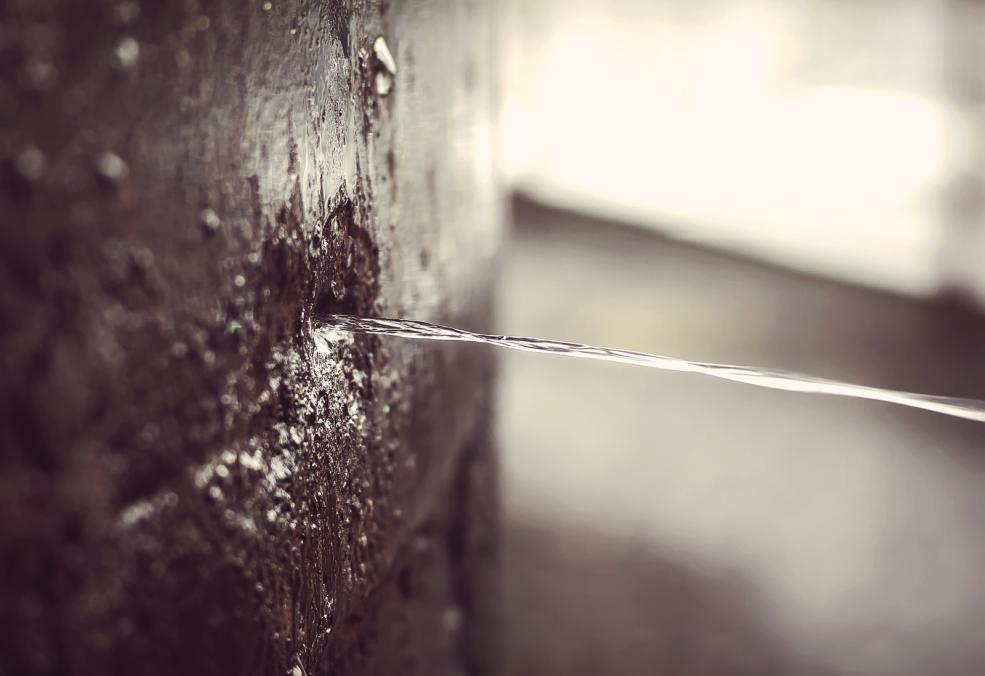6 Ways to Locate Hidden Water Leaks in Your Home
6 Ways to Locate Hidden Water Leaks in Your Home
Blog Article
Nearly everybody seems to have their own individual notions when it comes to Hacks to detect leaks.

Early discovery of dripping water lines can mitigate a possible disaster. Some little water leaks might not be noticeable.
1. Examine the Water Meter
Every house has a water meter. Inspecting it is a guaranteed manner in which aids you find leaks. For beginners, switch off all the water sources. Guarantee no person will certainly flush, make use of the tap, shower, run the washing device or dishwashing machine. From there, most likely to the meter and also watch if it will transform. Considering that nobody is utilizing it, there should be no activities. That suggests a fast-moving leakage if it moves. If you detect no adjustments, wait a hr or two and inspect back once more. This suggests you may have a slow-moving leakage that might even be below ground.
2. Check Water Consumption
Evaluate your water costs and track your water consumption. As the one paying it, you should notice if there are any disparities. If you find sudden changes, despite your consumption coinciding, it implies that you have leakages in your plumbing system. Remember, your water costs must drop under the very same variety monthly. An unexpected spike in your costs indicates a fast-moving leakage.
A consistent rise every month, even with the exact same behaviors, reveals you have a slow leakage that's likewise slowly rising. Call a plumber to completely examine your building, especially if you really feel a cozy location on your flooring with piping underneath.
3. Do a Food Coloring Test
When it comes to water usage, 30% comes from bathrooms. If the color in some way infiltrates your dish during that time without flushing, there's a leakage in between the storage tank and dish.
4. Asses Outside Lines
Don't forget to examine your outdoor water lines as well. Examination spigots by attaching a garden hose. Should water seep out of the connection, you have a loose rubber gasket. Replace this and make certain all links are tight. If you've obtained an automatic sprinkler, it will certainly help get it skillfully checked out as well as maintained each year. One tiny leak can waste lots of water and surge your water costs.
5. Assess the scenario and check
Home owners need to make it a routine to check under the sink counters as well as also inside cabinets for any bad odor or mold growth. These 2 red flags suggest a leakage so timely attention is called for. Doing regular evaluations, even bi-annually, can conserve you from a major problem.
Inspect for discolorations and also weakening as many pipes and also home appliances have a life span. If you suspect leaking water lines in your plumbing system, do not wait for it to rise.
Early detection of dripping water lines can mitigate a potential calamity. Some tiny water leakages may not be noticeable. Inspecting it is a surefire means that helps you find leaks. One small leak can throw away bunches of water and also increase your water expense.
If you presume leaking water lines in your plumbing system, don't wait for it to escalate.
WARNING SIGNS OF WATER LEAKAGE BEHIND THE WALL
PERSISTENT MUSTY ODORS
As water slowly drips from a leaky pipe inside the wall, flooring and sheetrock stay damp and develop an odor similar to wet cardboard. It generates a musty smell that can help you find hidden leaks.
MOLD IN UNUSUAL AREAS
Mold usually grows in wet areas like kitchens, baths and laundry rooms. If you spot the stuff on walls or baseboards in other rooms of the house, it’s a good indicator of undetected water leaks.
STAINS THAT GROW
When mold thrives around a leaky pipe, it sometimes takes hold on the inside surface of the affected wall. A growing stain on otherwise clean sheetrock is often your sign of a hidden plumbing problem.
PEELING OR BUBBLING WALLPAPER / PAINT
This clue is easy to miss in rooms that don’t get much use. When you see wallpaper separating along seams or paint bubbling or flaking off the wall, blame sheetrock that stays wet because of an undetected leak.
BUCKLED CEILINGS AND STAINED FLOORS
If ceilings or floors in bathrooms, kitchens or laundry areas develop structural problems, don’t rule out constant damp inside the walls. Wet sheetrock can affect adjacent framing, flooring and ceilings.
https://www.servicemasterbyzaba.com/blog/how-to-detect-water-leakage-in-walls/

We had been brought to that editorial on Leaking water lines through an acquaintance on another website. Do you know about someone else who is looking into the subject? Feel free to share it. Bless you for your time. Don't forget to come by our blog back soon.
Report this page